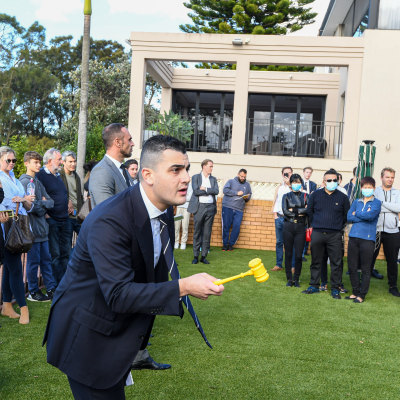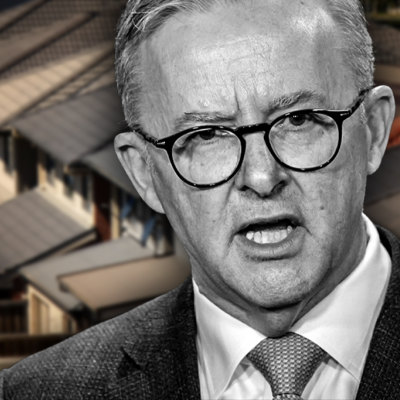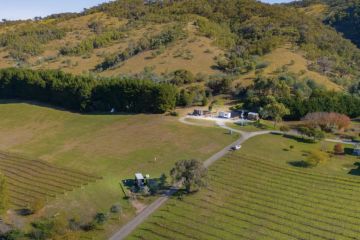How rising interest rates could affect first-home buyers
There may be a silver lining to rising interest rates for first-home buyers.
While prospective buyers could see a reduction in their borrowing capacity as a result of interest rate increases, rising rates could also trigger a decline in property prices, which may help first-home buyers enter the property market sooner.
Low interest rates have contributed to a significant increase in property prices, which has kept many first-home buyers out of the market, says Felicity Emmett, senior economist at ANZ.
“Lower interest rates have really driven a big increase in [property] prices and have contributed to a deterioration in housing affordability,” she says. “Home-ownership rates, particularly for people in those younger age groups, have been falling for decades now.”
Falling property prices have historically created opportunities for first-home buyers to enter the market.
While low interest rates over the past decade have eased mortgage pressure for existing home owners, it may have had an adverse effect on new home owners and prospective buyers, says Nicola Powell, chief of research and economics at Domain.
“Housing affordability is challenged in the face of rising prices to a point that the benefits of lower mortgage rates become diminished,” she says.
“But, with the prospect of rate rises, a slowdown in market conditions and rising supply could ease the pressure a little on first-home buyers.”
How are first-home buyers affected by rising interest rates?
As interest rates rise, so do lenders’ assessment rates, which means some prospective first-time buyers may see a reduction in their borrowing capacity, Emmett says.
“Higher rates mean that, for a given level of income, buyers can’t borrow as much,” she says. “So, it does mean that when people are going to auction or looking to buy a home, they’re going to have a smaller amount of money [to spend].”
For buyers looking to stick to a set price range, a reduction in their borrowing capacity could mean they may have to save a larger deposit or compromise on the type of property, its size or location to buy within their budget.
Interest rates have started rising at a time when it is more challenging than ever for first-home buyers to save a deposit, according to Domain’s latest First Home Buyer Report.
The time it takes to save a deposit for an entry-level house has increased by 11 months across the capital cities. It now takes five years and eight months for a couple between 25 and 34 years old with an average income to save a 20 per cent deposit for an affordable home.
“Sydney continues its reign as the city to have the longest time to save an entry house deposit, at eight years and one month,” Dr Powell says. “Perth is the best city for first-home buyers, with the quickest savings time at three years and seven months for an entry house, less than half of the time taken in Sydney.”
Rising rental prices may also put pressure on first-home buyers saving for a deposit, Emmett says.
“What we’re seeing at the moment is very strong growth in rent [prices],” she says. “This is like a double impost on first-home buyers.”
House rents across Australia have posted their strongest annual growth in 13 years, with a new record-high median of $508 per week across the capital cities, according to Domain’s latest Rental Report.
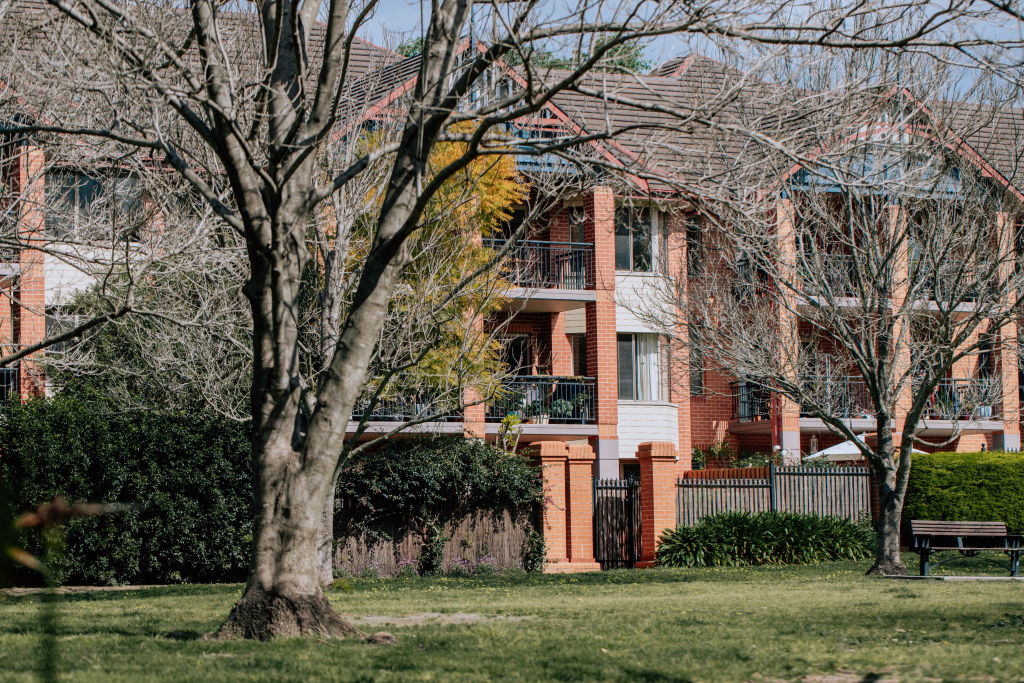
What can first-home buyers do to get into the market?
While housing and rent affordability continue to challenge prospective buyers, there are things first-home buyers can do now to increase their chances of home ownership in the face of rising interest rates.
1. Opt for a smaller loan
It’s recommended home owners dedicate less than 30 per cent of their income towards mortgage repayments to avoid “mortgage stress”.
So, while it may be tempting for a prospective buyer to borrow to their maximum limit, it can be worthwhile settling for a smaller loan to keep repayments manageable and save in the face of rising interest rates, says Marcus Russell, executive home loan specialist at Domain Home Loans.
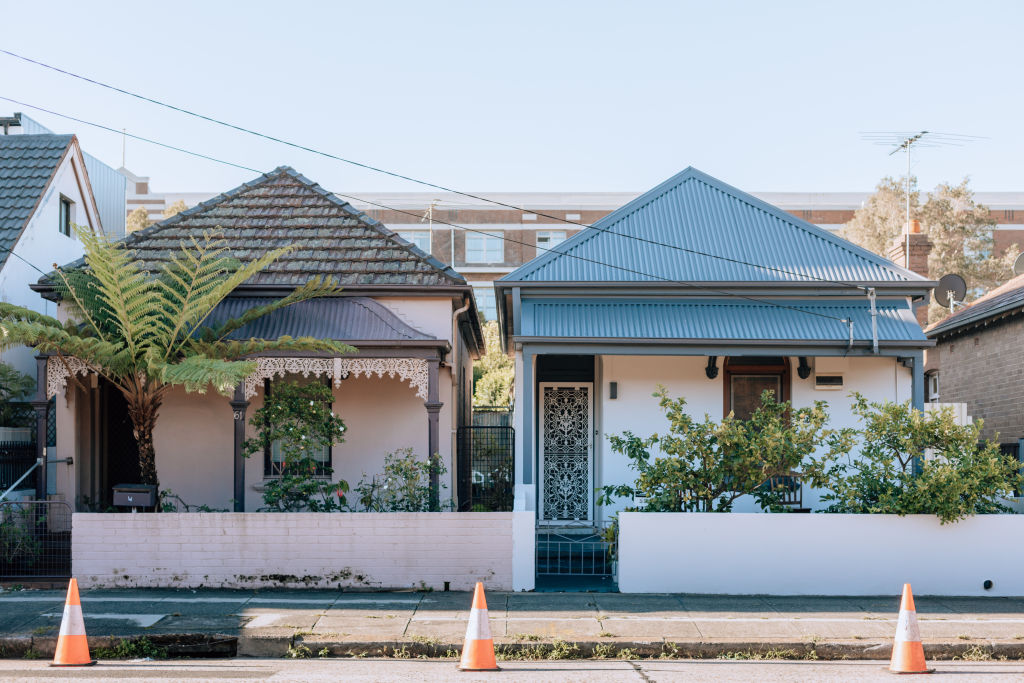
“If you have less debt, you have more to allocate to expenses and savings,” he says. “It’s much better to have $300, $400 left over per pay, rather than maxing out your income towards mortgage repayments.”
For first-home buyers looking to get the most bang for their buck, homes that are further away from the city or are in need of a little TLC can be an affordable option.
2. Consider buying a unit
While the Australian property boom is slowing, house prices are still at record highs in many parts of the country.
In the face of rising interest rates and slower falls in house prices, it may be worthwhile opting to purchase an entry-priced unit, Dr Powell says.
“Entry units offer a more budget-conscious approach,” she says. “On average, 18.4 per cent of income is dedicated to mortgage repayments [for an entry unit] across the capitals compared to 27.1 per cent for an entry house.”
Units may require less maintenance and can be more energy-efficient than larger homes, keeping ownership costs low.
“A small, conservative step into the market is never a bad idea,” Russell says.

3. Take advantage of first-home buyer incentives
First-home buyer schemes and incentives, like the First Home Super Saver Scheme and the First Home Loan Deposit Scheme, which the newly elected Labor government has committed to expanding, can help eligible buyers enter the property market sooner.
But there are a number of factors first-home buyers should consider before deciding to take part in these incentives.
For example, the First Home Loan Deposit Scheme may shave years off the time it takes to save a despot, but it may also increase the cost of the home loan over its lifespan.
This is because interest on home loans are calculated against the total outstanding loan amount, which may end up being higher when purchasing with a lower deposit.

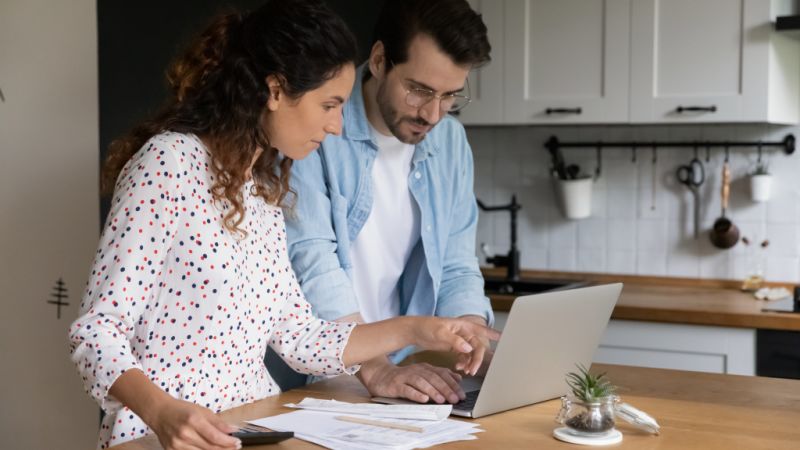
How will the new government tackle housing affordability?
The newly elected Labor government’s Help to Buy scheme will assist eligible home buyers with at least a 2 per cent deposit to purchase a home, with the federal government contributing up to 40 per cent of the purchase price for new homes and 30 per cent for existing homes.
This means that, for homes purchased under the scheme, the government would own up to 40 per cent of the home, and home owners would pay mortgage repayments on upwards of 60 per cent of the purchase price.
An income limit of $90,000 for individuals and $120,000 for couples will apply, and price caps vary depending on the location of the property. Up to 10,000 places will be available each financial year.
Home owners will be allowed to purchase an additional stake in the property when they are able, and if incomes exceed thresholds for two consecutive years, they will be required to repay the government’s contribution in part or full, depending on their circumstances.
A commencement date for the scheme has not yet been announced.
We recommend
States
Capital Cities
Capital Cities - Rentals
Popular Areas
Allhomes
More
